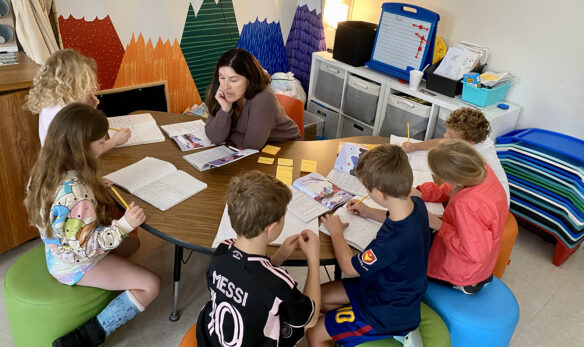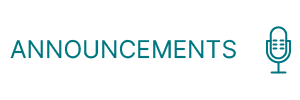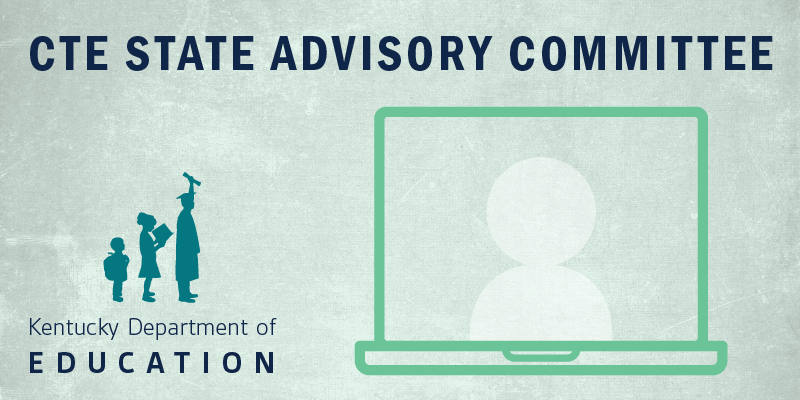
Anchorage Independent district leaders have made significant strides with literacy education due to their participation in the Language Essentials for Teachers of Reading and Spelling (LETRS) professional learning offered through the Kentucky Reading Academies. Submitted photo
Growing a Shared Vision
The Anchorage Independent school district is making significant strides in literacy education, thanks in large part to the collaborative culture of learning. The district’s commitment to literacy and collaboration shines through their high participation in the Language Essentials for Teachers of Reading and Spelling (LETRS) professional learning, which has helped enhance their instructional practices and improve student outcomes.
This collaborative atmosphere is reflected in the district’s literacy framework, which took nearly a year to develop. The framework is guided by the district’s literacy philosophy focused on uniting the Anchorage community to equip students with the knowledge, skills, behaviors and mindsets needed to make a positive impact on the world. This philosophy emphasizes using evidence-based practices to ensure effective literacy instruction.
Once the framework was established, Principal Kelly Haile said, “We knew what we wanted to do, but no one knew how to do it.” This is where LETRS professional learning came in, providing the necessary tools and knowledge to enact their vision.
Embracing Collaboration
When Haile introduced the opportunity to participate in LETRS through the Kentucky Reading Academies, she was stunned by the overwhelming interest from her staff, including instructional assistants, interventionists and administrators.
“We’re a very experienced staff with a lot of professional knowledge. They want to grow, they want to learn, they want to do what’s right for kids,” she said.
In a small district like Anchorage Independent, professional development can be challenging, with obstacles like funding and accommodating the diverse needs of K-8 teachers.
To support this two-year commitment, the district and school created opportunities for participating teachers to collaborate on LETRS during the school day. Whether completing modules together or integrating new strategies into their high-quality instructional resources (HQIR), these collaborative discussions were crucial for establishing a unified approach to literacy.
“Because we’ve had so many teachers involved (in LETRS), it’s already changed the language and universal strategies,” said 3rd-grade teacher Erin Bixler. “The language of the building was so different from classroom to classroom. But syncing the language and vocabulary we use with the kids was so important.”
Although participation was met with enthusiasm, the two-year commitment required by LETRS underscored the need for strong district and administrative support. Administrators joined Cohort 1 of LETRS for Administrators, and the district created incentives for teachers, including that collaborative work time during the school day. Teachers credit district support for their ability to complete the coursework and apply their learning in their classrooms.
Integrating LETRS with the HQIR
Anchorage Independent is in its second year of implementing Amplify CKLA, a high-quality instructional resource the district selected for its knowledge-building and foundational skills components. They were highly aware of the challenges involved in implementing a new HQIR, especially among teachers who were not particularly enthusiastic about a pre-packaged curriculum.
Haile noted her teachers are experienced and have a toolbox of instructional methods they are used to using. Yet, she said, “In that first year of implementation, their toolbox is really put on the sideline because we want them to implement the HQIR.”
LETRS has been instrumental in this implementation. Haile observed that LETRS was the vessel for a culture of learning, while the HQIR and the district’s Literacy Framework provided the systems for learning.
“If our teachers did not know what they had learned from LETRS, they would not have been as committed to implementing skills instruction with fidelity,” she said.
Reflection and responsiveness were key components in integrating LETRS knowledge with the HQIR. Teachers completed reflections at the end of every unit to evaluate what worked, what needed supplementing, and how to integrate their toolbox of engaging teaching techniques. Despite initial concerns that the curriculum might be monotonous, teachers soon found themselves and their students more engaged and excited about learning.
Supporting All Learners
All of these efforts have shown significant impacts on student outcomes. 1st-grade teacher Amber Elder, with a background in special education, found that LETRS reinforced her use of explicit and systematic instruction for all learners.
“This is the balance I have been looking for,” she said. “LETRS has given me just what I need so I know that what I’m giving my students is what’s best for them. I’m not leaving any holes that someone else is going to have to fill later.”
Elder has seen a deeper understanding of literacy concepts and more consistency in her students’ writing and reading, resulting in stronger readers and spellers.
Bixler is using her knowledge from LETRS to help her identify gaps in her students’ learning and implement evidence-based strategies to help fill those gaps. She says her application of syllable type strategies and evidence-based approaches to teaching spelling and vocabulary have helped all of her students.
“I was excited to see how quickly they were picking up syllable patterns. Even my struggling writers and spellers have learned the patterns quickly,” she said. She has seen her students develop greater stamina, engage in closer reading of complex texts, write text with more complex words and make deeper connections in their learning.
Interventionist Sarah Fischer, with extensive training in various literacy programs, praised LETRS for helping her synthesize her knowledge.
“If I were to show you what my kindergarteners are doing right now, and these are kindergarteners who came to school not knowing letters, you would be blown away at what they can do,” Fischer said.
She said the alignment of the HQIR with LETRS knowledge has led to fewer students requiring intervention and accelerated growth in the second half of first grade.
Engaging Families and Community
With a strong curriculum in place, the district has also focused on working with parents in literacy efforts. The KDE Read at Home Plan Family Guide has been instrumental in fostering better communication and collaboration with families.
“Now that Tier 1 is rowing and we’re educating parents and we’re having these conversations, we’re all rowing together. And we’re going faster now,” Fischer said.
The collaborative efforts of Anchorage Independent, guided by the Kentucky Reading Academies’ LETRS and supported by a strong district literacy framework, have enhanced the literacy experience for both teachers and students. The district’s commitment to growing together, fostering a culture of collaboration and engaging families has unified their learning community.
As one teacher said, “When we’re all growing in that direction and we’re all on the same path and the pieces are fitting together, the kids start to grow with you.”




Leave A Comment